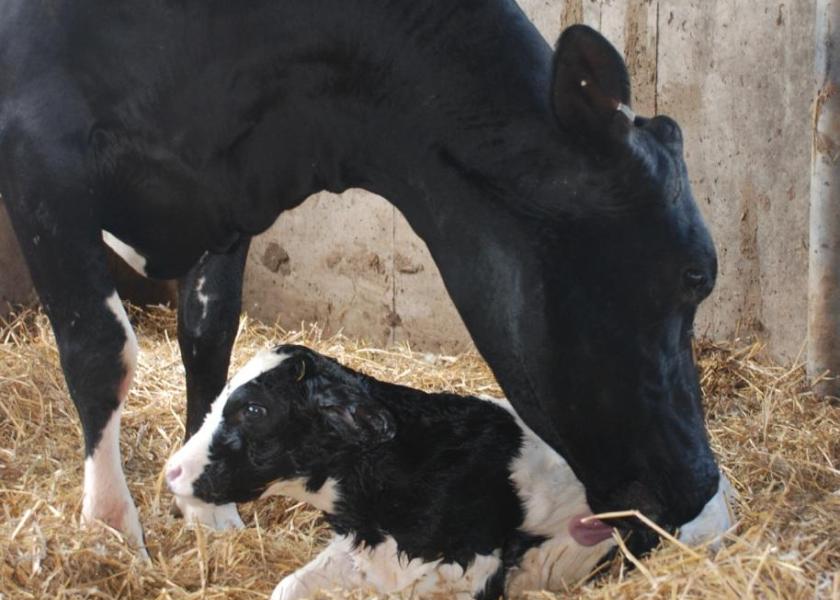Milk Fever Protocols

Hypocalcemia, commonly referred to as milk fever, is a potentially fatal metabolic disease that occurs when a cow’s blood serum calcium drops to below normal levels. If not handled properly, a cow can go from healthy to dead in a matter of hours. Knowing the signs and best treatment practices for this condition could make all the difference when it comes to saving an animal’s life.
What To Look For
Milk fever can be divided into three stages based on severity.
Stage I milk fever, also known as subclinical hypocalcemia, is often hard to notice due to its short duration and broad set of symptoms. According to Virginia Ishler, an Extension Dairy Specialist at Pennsylvania State University, stage I will typically last less than an hour with symptoms such as a loss of appetite, hypersensitivity, weakness, weight shifting and shuffling of the hind feet.
Stage II milk fever spans over a greater time frame lasting anywhere from 1 to 12 hours. It is also accompanied with a harsher set of symptoms such as dull eyes, cold ears, muscle trembling, incoordination when walking and an inactive digestive tract. The cow’s body temperature may also drop to a range of 96°F to 100°F.
Stage III hypocalcemia is distinguished by the cow’s inability to stand and a progressive loss of consciousness leading to a coma. The animal’s heart rate may rapidly increase and could exceed 120 beats per minute. According to Ishler, cows in stage III will not survive for more than a few hours without treatment.
When To Treat
For cows who are standing, oral calcium can be administered in either a drench, gel or bolus form. Oral calcium has the advantage of being absorbed more slowly in the digestive tract and mimics the natural release of calcium by consuming feed ingredients.
For cows who are down, an IV treatment should be administered to help rapidly increase blood calcium levels. While this treatment is needed in emergency situations, administering too much calcium in a short period of time could cause the animal to have a heart attack. Furthermore, once the initial IV treatment has worn off, the animal may experience a hypocalcemic crash. To prevent this relapse, consider giving an IV treatment followed by an oral dose several hours later to help balance calcium levels out.
For more on managing milk fever, read:







